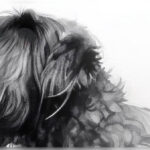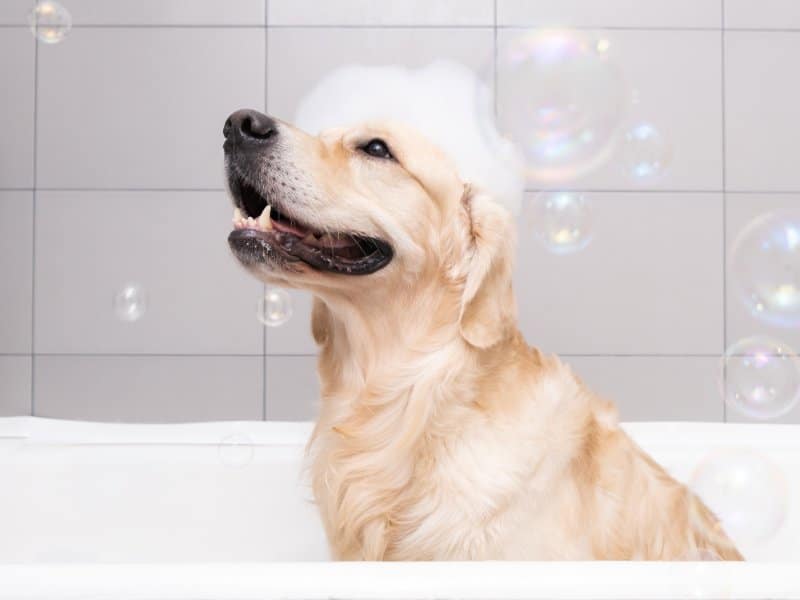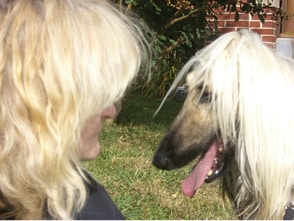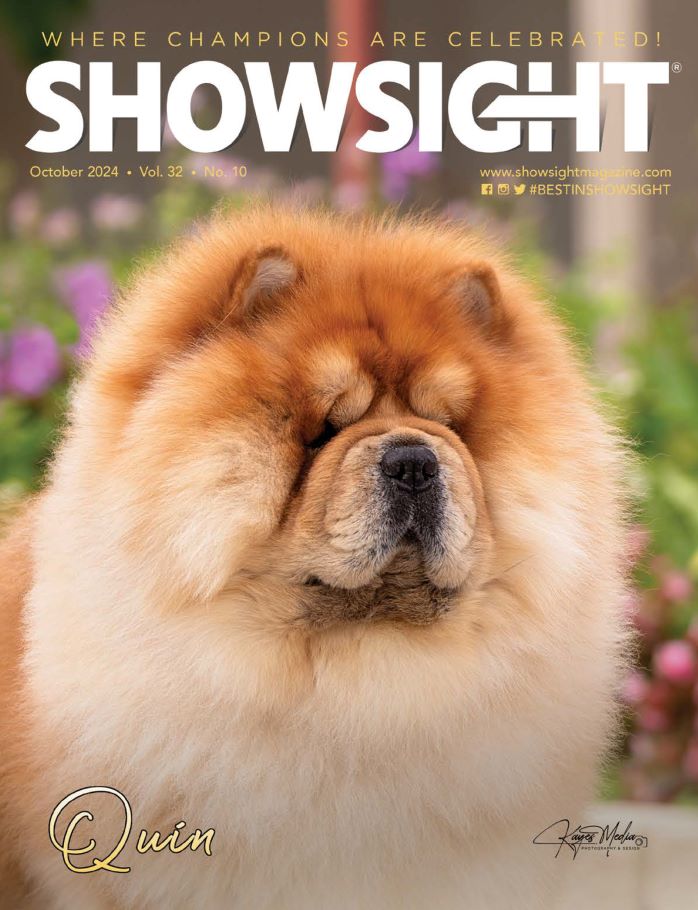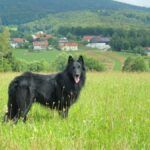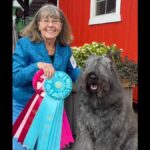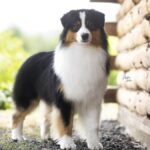Over the past couple of years, we have seen the growing use of the term “preservation breeder.” So, just what is a preservation breeder? There is no official definition or designation, and it really depends on who you ask.
It all began as a response to the promotion and consequent popularity of so-called “designer breeds.” The anti-purebred dog movement jumped on the bandwagon with a vengeance, espousing the idea that purebred dogs are inherently defective and less healthy than mixed breeds. The ever-increasing numbers of so-called designer breeds are now generally referred to as “doodles,” even if they have no Poodle in the pedigree. Yes, every dog has a pedigree, even a mutt! A pedigree is just a list of names of their ancestors. For people, we call it a family tree, and every single dog has a family tree.
Some breeders define a preservation breeder as a person who follows all the rules and requirements of AKC and ethical recommendations as to what qualifies a person as a responsible breeder.
Many breeders now use the term “preservation breeder” in their advertising, both to the public and to the show dog community, as an indication that they are firmly committed to the breeding of purebred dogs and all that it involves. Some breeders define a preservation breeder as a person who follows all the rules and requirements of AKC and ethical recommendations as to what qualifies a person as a responsible breeder. I’ve seen these discussions online where this includes using a sales contract, spay/neuter requirements, and health testing.
Others want to preserve the original breed type or working ability for their specific breed. They can be people who follow the apparent desires of the original founders as to what is or is not desirable, although some just have a belief that dogs should still look like the dogs from 100 years ago. I’ve read comments from one person in a Facebook discussion where she mentioned that the dogs should look like they did in the 1900s—but was that what the breeders of the 1900s wanted? We need to look back on the history of all breeds and see when, where, and how any changes began.
Ten years ago, I had a collection of American Field magazines from the 1950s and 1960s in my possession, and what surprised me from the pictures was that the English Setters and Irish Setters from that era did not differ greatly from the show dogs of today, other than the huge difference in coat quantity now seen. However, pictures I had seen online of modern field-bred English and Irish Setters had changed considerably from those of the 1950s. So, which were the “preservation breeders?”
There are those who think of themselves as preservation breeders by preserving specific bloodlines, but others believe that any form of closed breeding is wrong. In fact, what serves a breed best is that if more breeders would preserve valuable bloodlines it would allow for the retention of valuable genetic material that might otherwise be lost.
There is one category which truly represents the idea of preservation: the breeders who are attempting to maintain breeds for which their registration numbers and birth numbers are so low that if they decline any further they would face the threat of extinction. The Kennel Club in the UK has designated all British breeds that fall below 300 registrations a year as being “vulnerable breeds,” this is in a country with a population one-fifth the size of the United States! There is no such designation in the US for any breed, but there are many breeds with fewer registered than that. [AKC publishes a Low Entry Breeds List “as a reference for current judges pursuing educational experiences.” —ed.]
We have no idea what the numbers are as AKC does not release those to the public. They are released to the parent clubs through their delegates, but it is up to the clubs to share that information, if they are willing. Not only are there many breeds that are truly at risk, for many others they are the “canary in a coal mine” warning us of what could happen in the future for many of our breeds.
Truth is that all of the “preservation breeder” categories I described above are valuable in their own way, but some hardliners need a little flexibility. I have seen an increasing number of advocates for extreme qualifications for both a breeder and the dogs that they breed from. One requirement, which could send ANY breed into the last category, is that ONLY champions should be bred! Do these people think of how much genetic material would be lost if only those dogs and bitches could be used?
Another one is that before being bred, the dog or bitch must have titles on both ends. A laudable goal, for sure, but not every person has the time, money, or opportunity to pursue more than one title. Add either one of these to the concept that good breeders should have no more than a single litter in a year and it could send any breed spiralling downhill.
The crux of the matter is that all breeders need to pay attention to the preservation of their chosen breed or breeds—yes, breeds, plural. There is nothing wrong with having more than a single breed, although the animal rights advocates would have you believe otherwise. Breeders need to preserve the health of their breeds, and health testing for “specific” issues known to occur in a breed are necessary. Sadly, the doodle breeders have latched onto the commercial all-breed DNA test kits which offer to provide clearances for hundreds of diseases. These test panels have little to no value in most instances, as the dog or puppy being tested may be from a breed for which there are NO breed-specific DNA tests. These breeders then use this as a selling tool. We need to do more to promote the known and proven health of our purebreds.
I also encourage people who are thinking of adding another breed to think of those breeds which would benefit from having a new future breeder who is already involved in the world of dogs. Some people might ask, “Why bother?” My answer: Why not? Like ripples in a pond, positive actions spread outwards, and who knows where they will lead?
